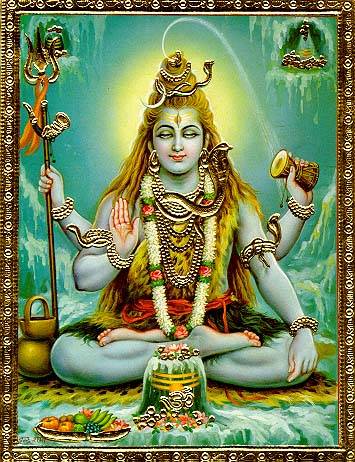Krishna, a central figure in Hindu philosophy and theology, is regarded as the Supreme Godhead (Ishvara) in various traditions, particularly within Vaishnavism. As an avatar of Vishnu, Krishna embodies divine principles and teachings that resonate with spiritual seekers across cultures and eras. His transcendental nature is most vividly expressed in texts such as the Bhagavad Gita, where he reveals profound truths about life, duty, and the nature of reality.
Krishna’s identity as the Supreme Godhead encompasses the entire universe and the transcendental realms beyond it. He is described as “Satyam,” embodying ultimate truth, and “Ananda,” symbolizing bliss beyond material pleasure. His divine play, or “Lila,” exemplifies both the immanence and transcendence of God, demonstrating that while he participates in the world, he remains unaffected by it. This complex relationship illustrates that Krishna is not just a distant deity but an accessible presence that guides humanity towards enlightenment.
In the Bhagavad Gita, exchanged on the battlefield of Kurukshetra, Krishna serves as the charioteer and spiritual guide of Prince Arjuna. This dialogue addresses the moral and philosophical dilemmas faced by individuals caught in the web of duty and ethical choices. One of the Gita’s most significant teachings is the concept of “Dharma” or righteous duty. Krishna emphasizes that each person must fulfill their responsibilities according to their role in society, aligning their actions with universal principles of order without attachment to the fruits of their labor.
Krishna also introduces the idea of “Yoga,” which represents various paths to spiritual realization and self-discovery. The Gita outlines several forms of Yoga, including Karma Yoga (the path of selfless action), Bhakti Yoga (the path of devotion), and Jnana Yoga (the path of knowledge). Each path serves as a means to connect with the divine, helping individuals transcend material constraints and realize their inherent divinity.
Another crucial teaching from the Bhagavad Gita is the nature of the self or “Atman.” Krishna elucidates the distinction between the eternal soul and the temporary physical body, reinforcing the idea that true liberation (Moksha) comes from understanding one’s eternal nature. He encourages Arjuna—and by extension all readers—to rise above fear and confusion, embracing a sense of divine purpose.
Krishna’s teachings in the Bhagavad Gita thus illustrate a holistic approach to spirituality, integrating ethical conduct, devotion, and philosophical inquiry. His embodiment of Godhead serves as a reminder that the path to spiritual fulfillment involves recognizing our intrinsic connection to the divine, engaging in righteous action, and cultivating love and devotion.
Ultimately, Krishna not only represents a personal God to be worshipped but also serves as a profound teacher whose lessons transcend time and space, guiding humanity toward self-realization, peace, and spiritual awakening.
